The Job Loss Guarantee (JKP) Program: A Safety Net or a Financial Burden?
By: Tubagus Wahyudi | Media fspkep Indonesia
As Indonesia continues to face an onslaught of layoffs in 2025, the spotlight turns once again to BPJS Ketenagakerjaan the nation’s social security agency for workers. Designed to act as a safety net during times of job loss and instability, the institution is now being tested on whether it truly protects the workforce or merely functions as a bureaucratic formality with little real impact.
Recent data from the first quarter of 2025 shows that “BPJS Ketenagakerjaan” managed funds reached a staggering Rp 801.32 trillion, marking a nearly 10% increase compared to the same period last year. While this growth reflects strong institutional stability and investor confidence, the composition of these funds remains highly conservative—76% in government bonds, 13% in time deposits, and only about 6.8% in stocks. Although this strategy is designed to protect participants’ savings, it also limits the potential for higher returns, especially as the agency now plans to double its exposure to equities up to 20% over the next three years. This move raises questions about risk, governance, and public accountability—given the volatile nature of capital markets.
The real stress test, however, lies in the soaring number of claims from the Job Loss Guarantee (JKP) program. From January to April 2025 alone, more than 52,000 JKP claims were filed more than double the monthly average of the previous year. This surge has had an immediate impact on the fund’s sustainability. Once estimated to be able to sustain claims for 2,807 months, the JKP reserve is now only projected to last 410 months a drastic and alarming decline in just over a year. While BPJS insists the fund is still safe, the shrinking margin reveals the growing fragility of the system amid a worsening labor market.
Supporting this concern, “BPJS“ Supervisory Board has forecasted that up to 280,000 workers could be laid off this year. This comes on top of existing claims and puts further pressure on the system. To respond, the government revised the benefit structure through Government Regulation No. 6 of 2025, increasing the JKP payout to 60% of the worker’s wage for up to six months an improvement over the previous 45% in the 3+3 month scheme. While this change is more humane, it also intensifies the financial burden on the system.
Participation expansion remains another challenge. By the end of 2024, BPJS had around 45.22 million active participants, including 9.9 million from the informal sector. While progress has been made, this still falls short of universal coverage goals. Informal workers—including freelancers and gig economy participants remain significantly under-protected. The government’s plan to integrate BPJS data with the Social Economic Registration Data (DTSEN) is a promising step toward better outreach, but field implementation has been inconsistent and slow.
Moreover, bureaucratic hurdles continue to delay benefit disbursement. Despite technological advances, many laid-off workers report difficulties in accessing their JKP benefits due to delayed verification and poor data integration between the Ministry of Manpower, local labor offices, and BPJS. This highlights a deeper issue when the safety net becomes inaccessible during a crisis, its very purpose is called into question.
At the same time, BPJS’ plan to increase its stake in stock investments must be closely scrutinized. Though potentially beneficial for yield, such strategies carry high risk and must be balanced with a strong risk mitigation framework and transparent governance. With Rp 800 trillion in public funds under management, BPJS isn’t just a service agency it is a guardian of public trust. A misstep in fund allocation would not just be a financial issue, but a social disaster affecting millions of working families.
Structural reform is urgently needed. First, BPJS must publish regular, independent audits of its investment portfolio and claim sustainability. Second, the JKP contribution scheme needs to be reviewed, potentially adopting a progressive contribution model based on employer capacity. Third, digital integration must be completed to ensure real-time processing of claims, especially for those affected by layoffs. Lastly, a major literacy and outreach campaign is necessary to enroll more informal workers, accompanied by incentives to encourage voluntary participation.
Social Security Agency for Indonesian Amployment should not be reduced to a bureaucratic body that manages figures in reports. It must be a living institution that responds quickly and equitably to the needs of the workforce. In its current state, it sits at a crossroads: will it evolve into a true instrument of social justice, or remain an overfunded, underperforming agency that fails the very people it was meant to serve?
The time to act is now. Not tomorrow, not next year now. For every day BPJS remains unchanged, tens of thousands of workers fall through the cracks. Protecting them is not just a legal mandate it is a moral imperative.




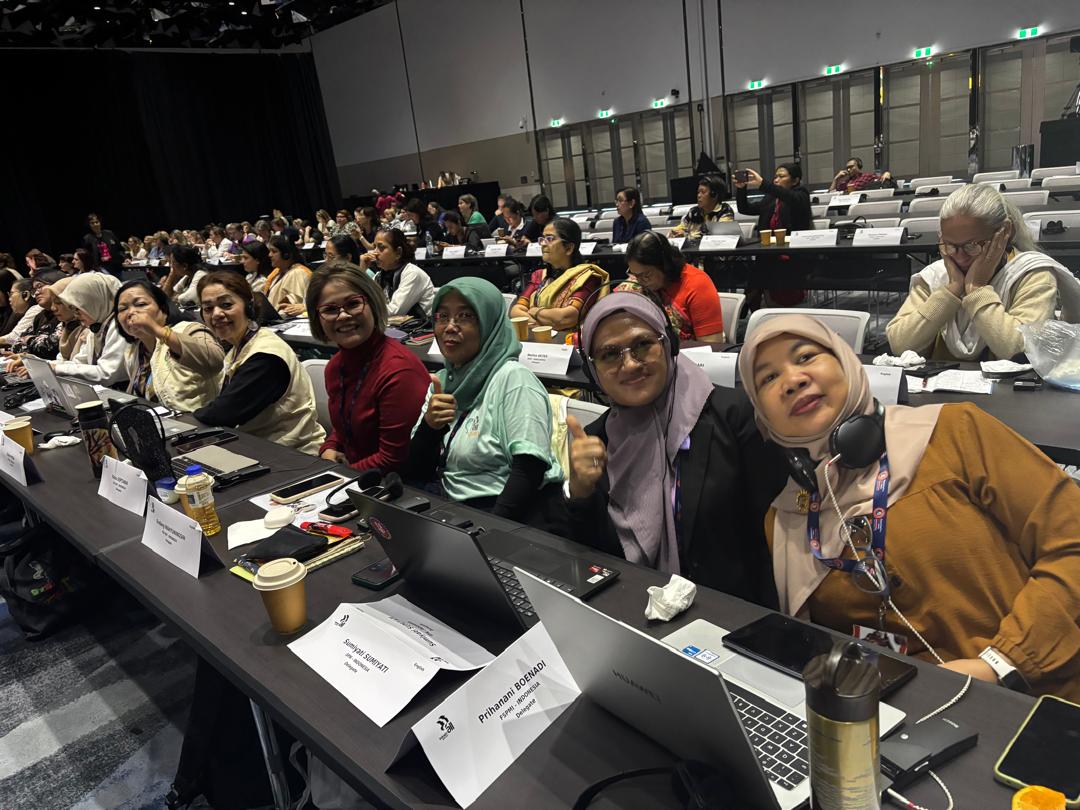
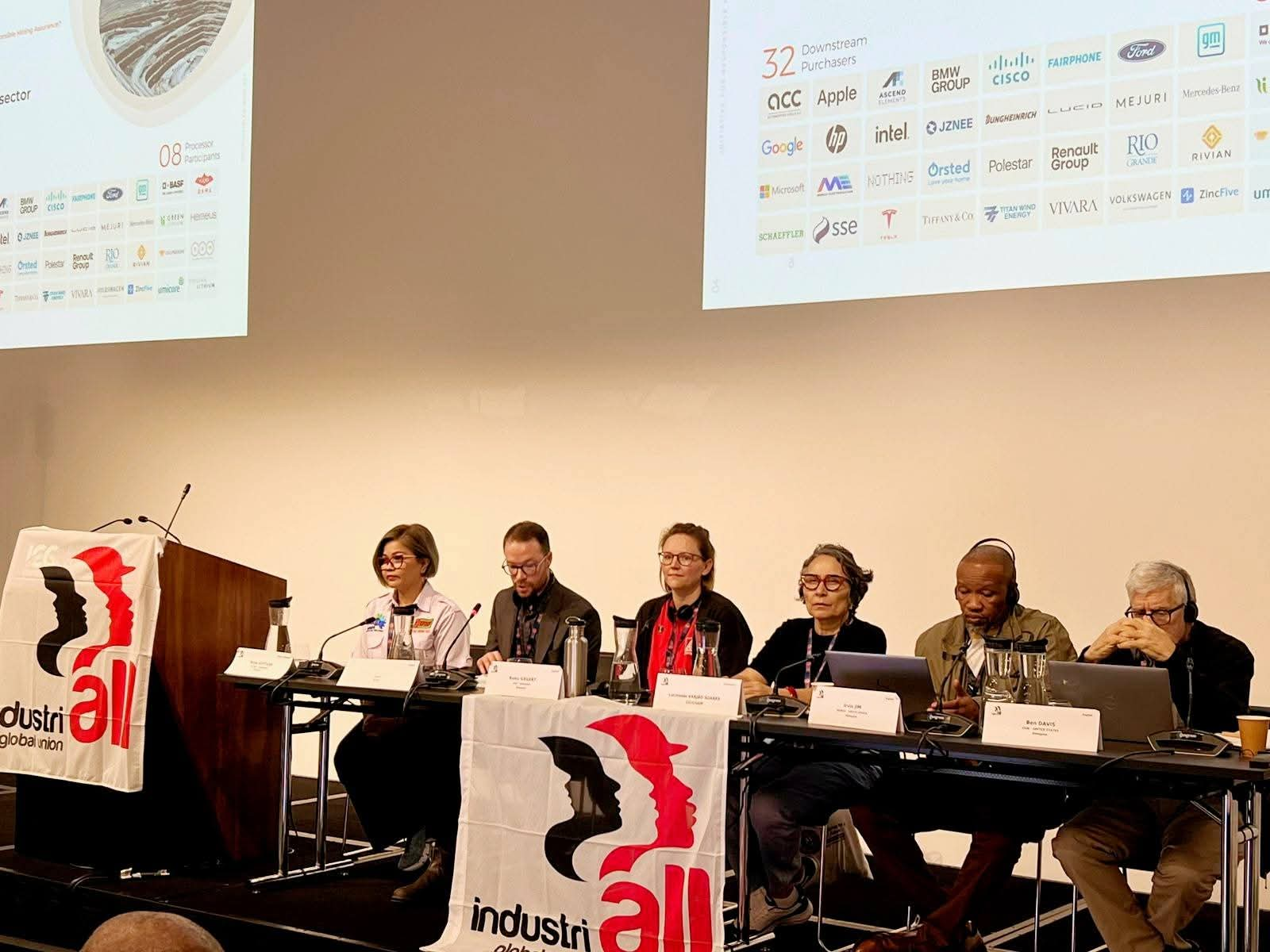
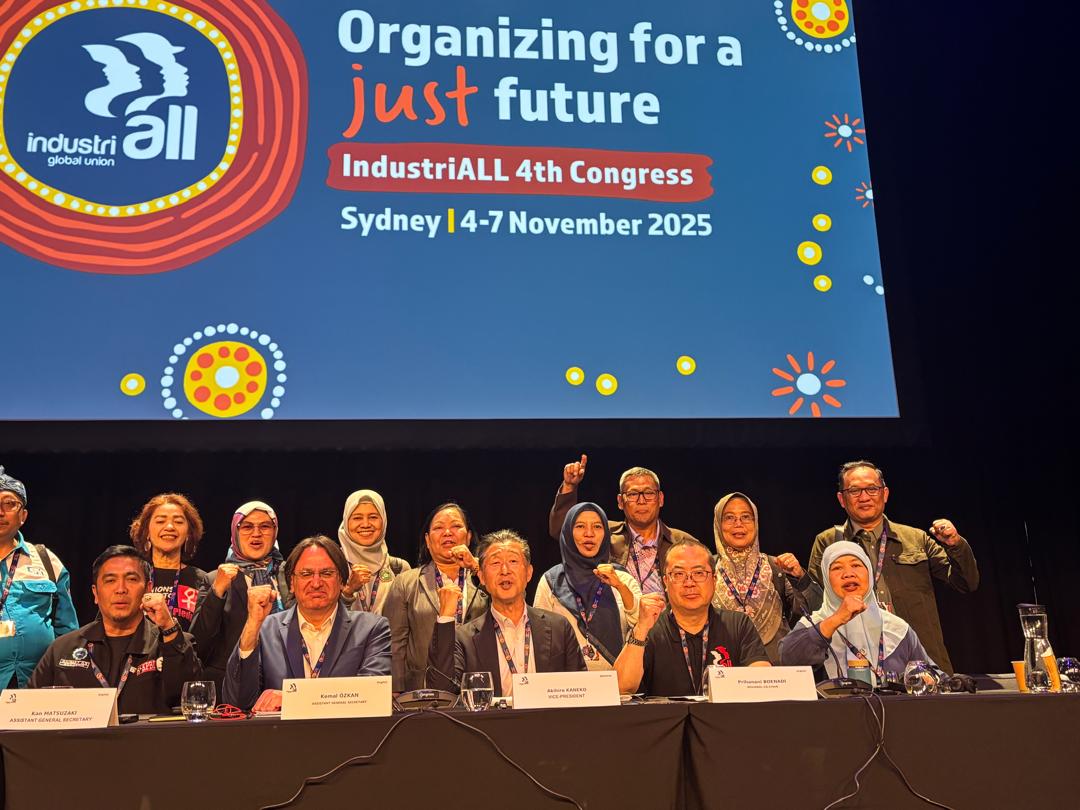

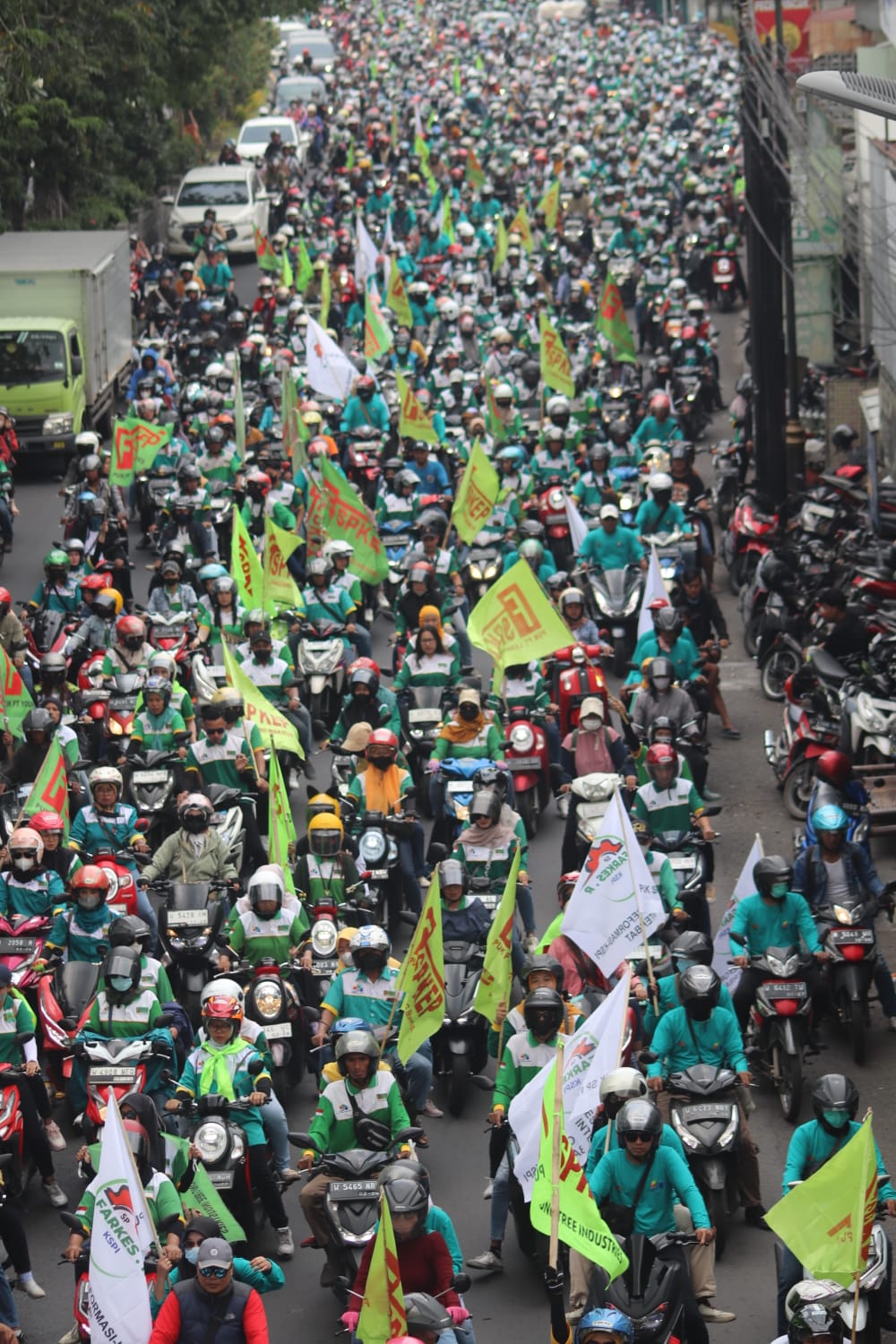



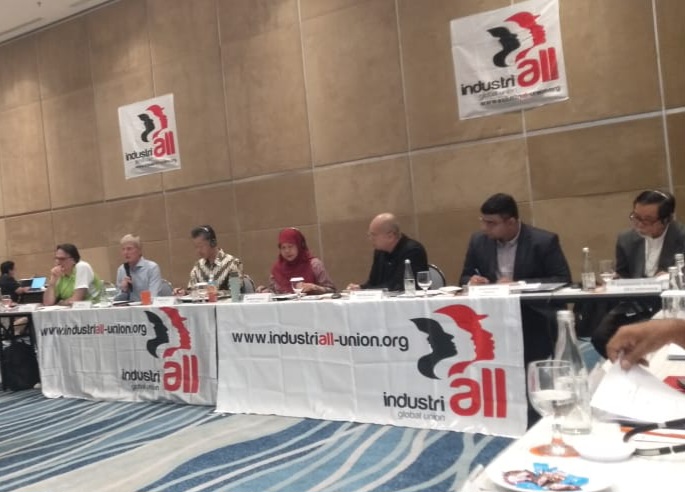
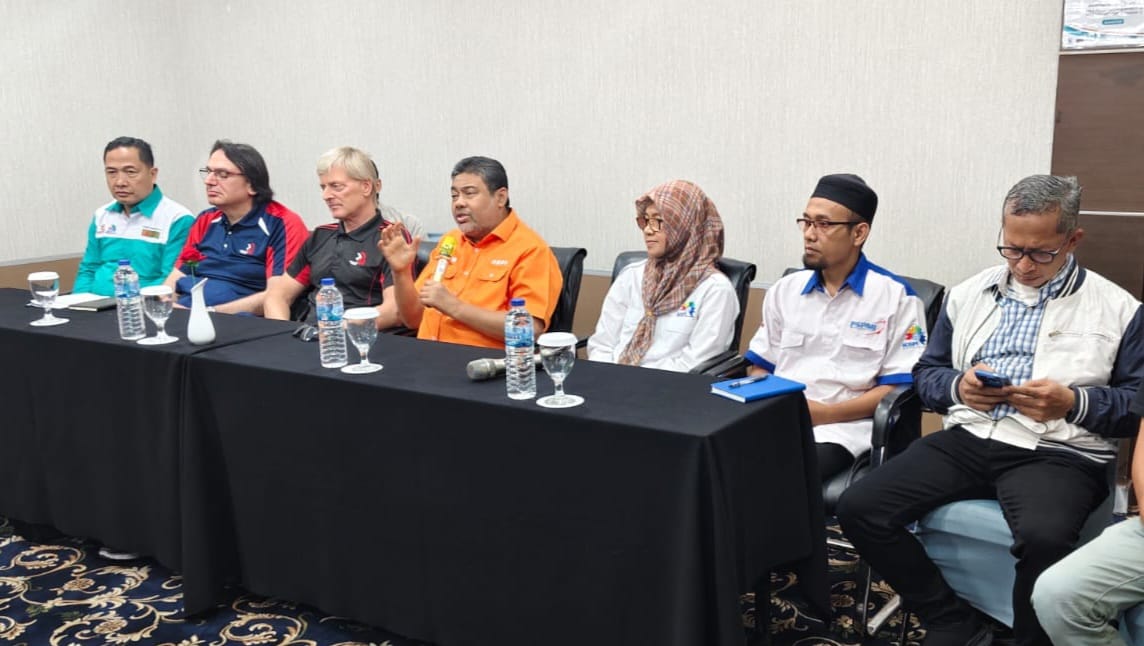

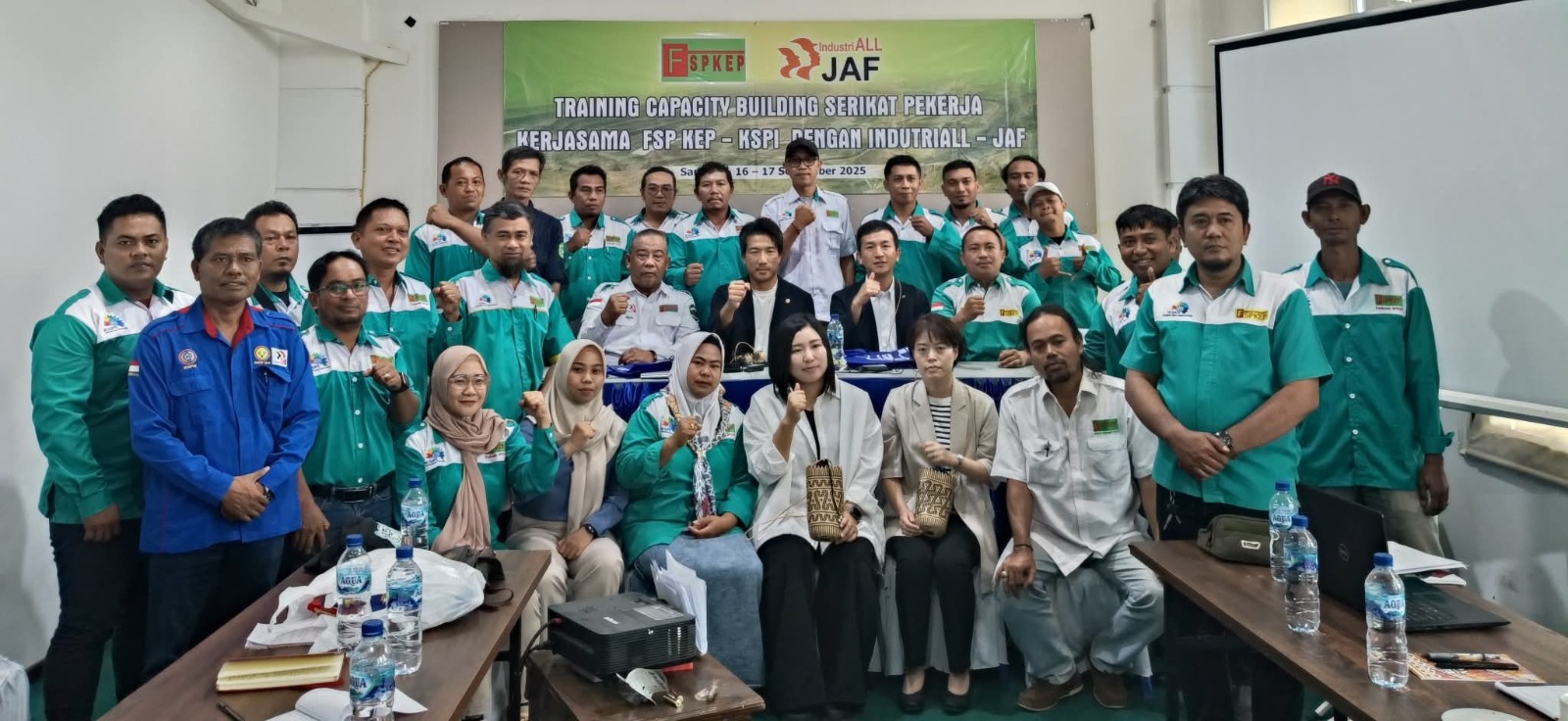
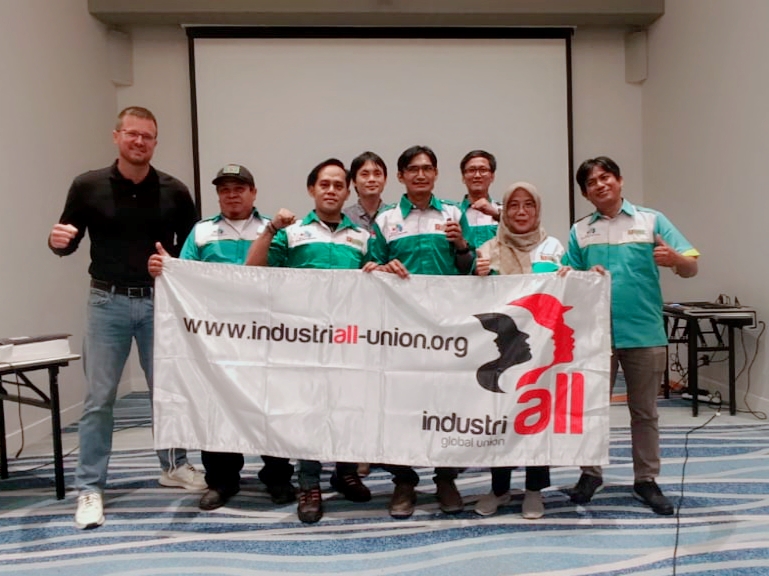
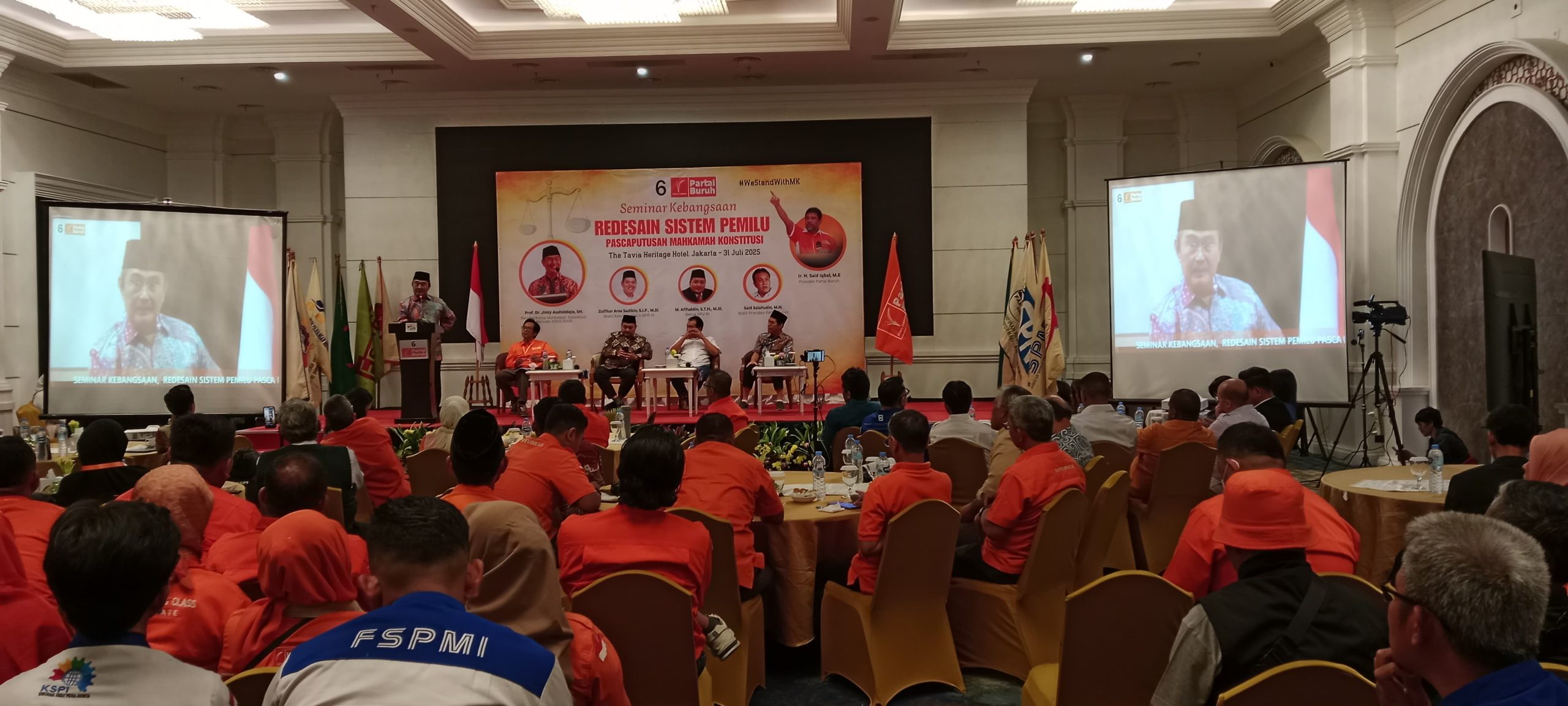




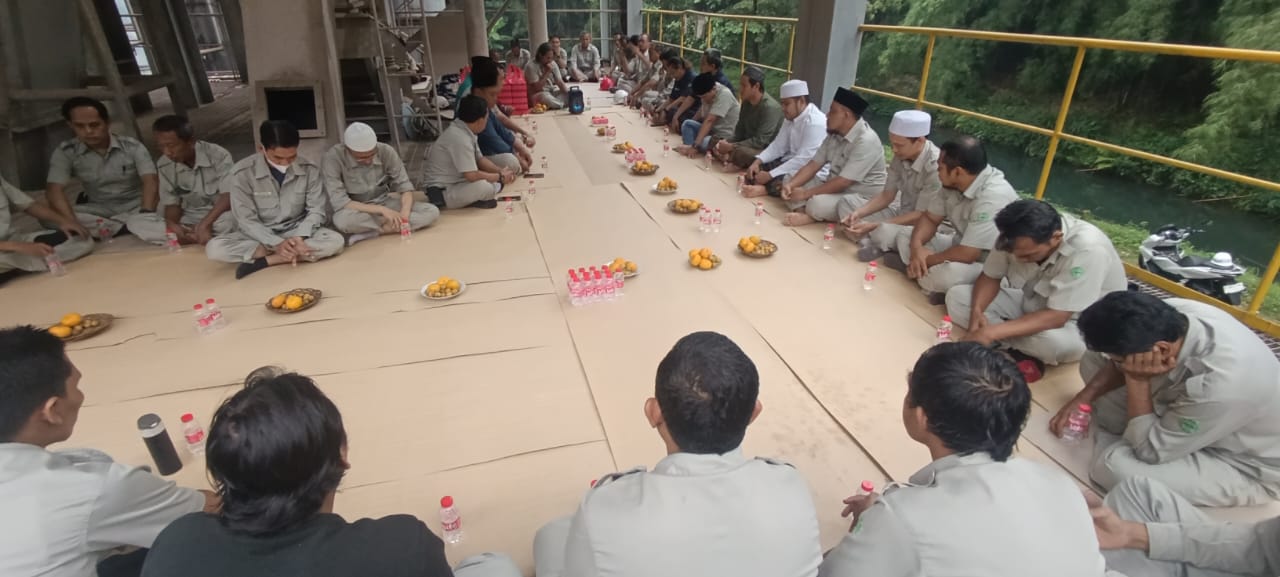
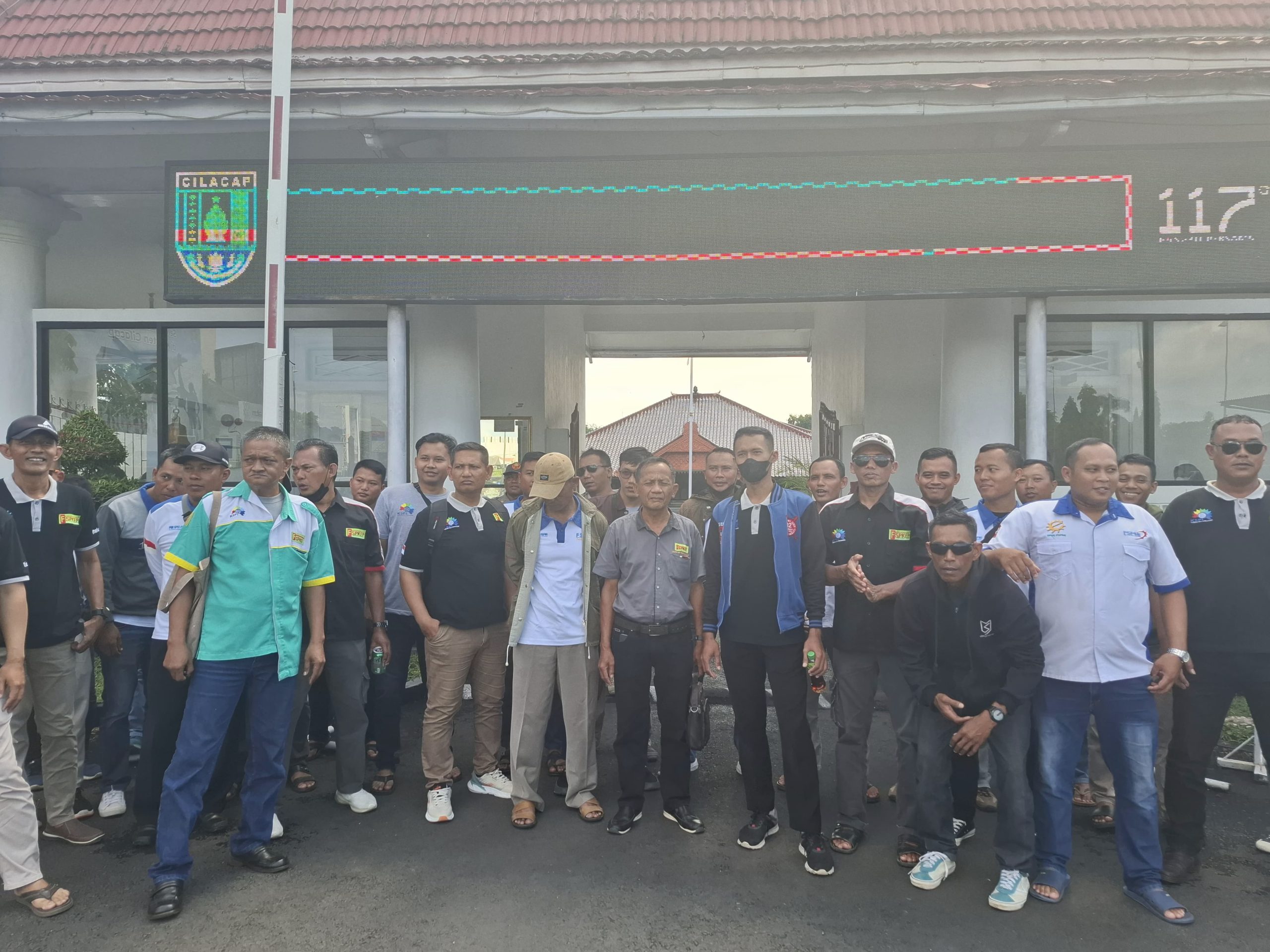
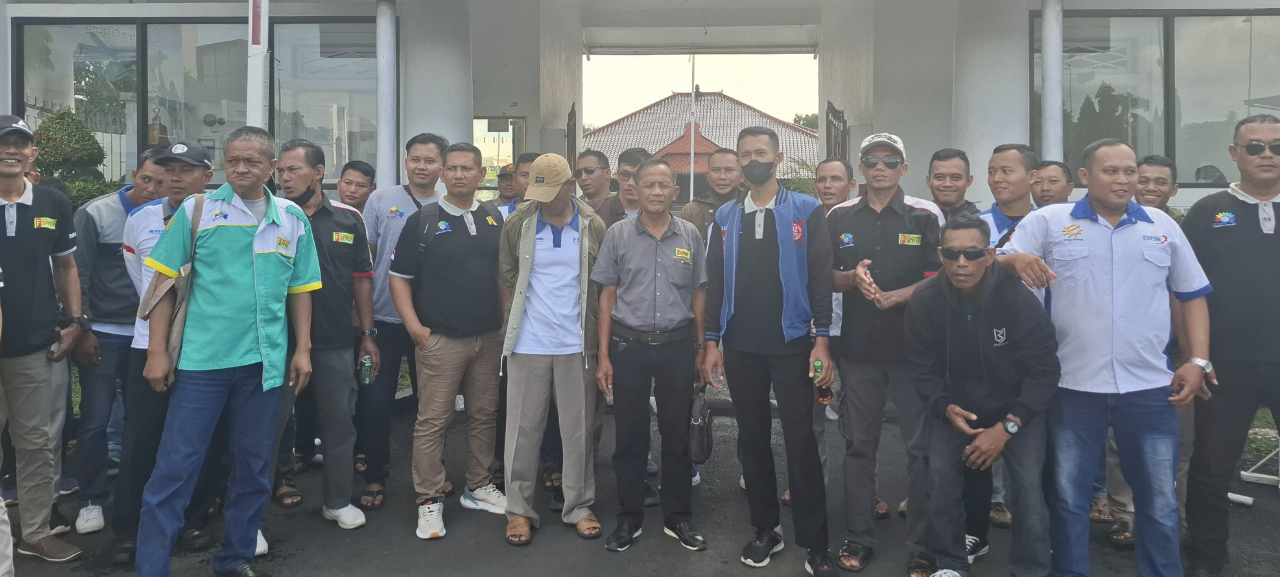
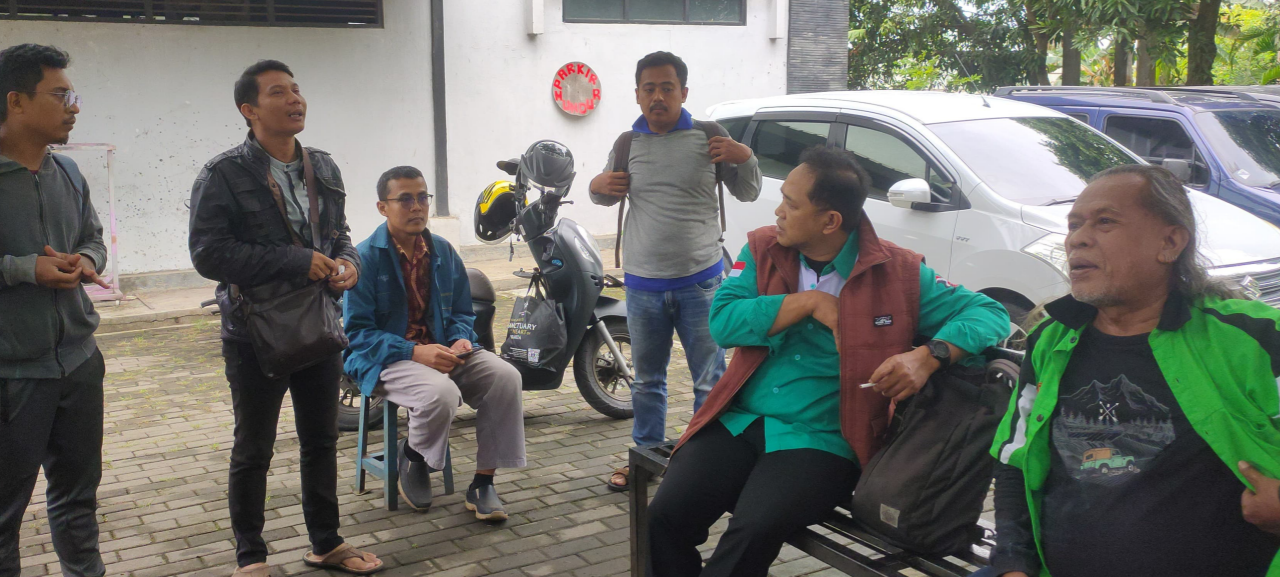
Leave a Reply